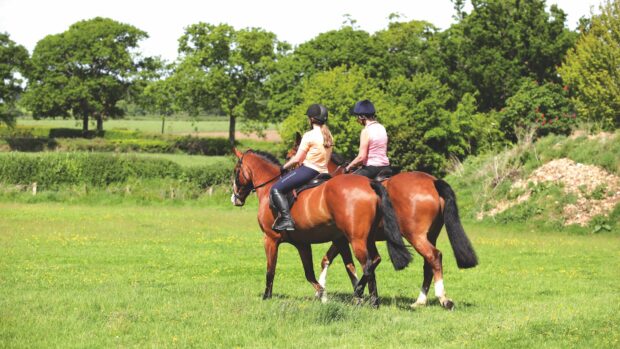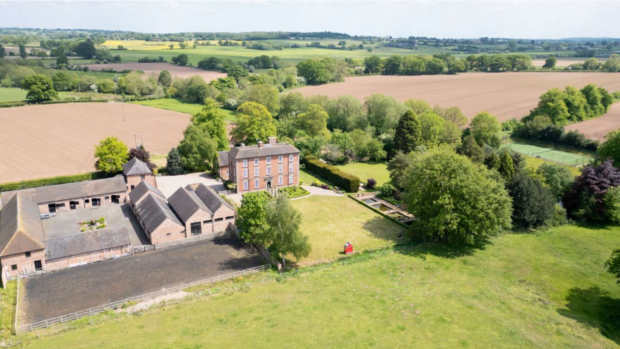View equestrian properties for sale >>
The haven where homes remain affordable. This is the perception of Wales among many English equestrian property buyers, but is it still true?
The Welsh market has grown steadily over the last few years, driven in part by the influx of buyers looking for reasonably priced homes, more acres and a different pace of life.
“As a result, the price differential with England isn’t quite as big as it was,” says estate agent Guy Sherratt. “Prices have gone up quite a lot in Wales, although they seem to be levelling now.”
That said, there is still value there. Wales is one of the few corners of the UK where it is still possible to bag a sizeable farmhouse with land for less than £1m — or even less than £550,000 in some places.
Pretty, accessible Monmouthshire, for example, is hugely popular with English buyers looking to relocate, and its prices show it.
“An equestrian property in Monmouthshire and the Vale of Glamorgan will cost 50% more than a similar one in the depths of the West Wales countryside,” explains Anthony Clay of Knight Frank.
In these counties, he says, “a reasonably tidy house with 20 acres or so couldn’t be bought for less than £750,000”.
At the opposite end of the country, in the coastal stretches of West Wales — especially Cardigan and Pembrokeshire — incomers have been fuelling demand for equestrian homes.
“A lot of our buyers are incomers,” says Rosannagh Duffin of WestWalesProperties.co.uk. “West Wales is apparently ‘the new Cornwall’ — it’s a bit further to go, but travelling on the M4 is good and there is much less traffic, and fewer people, here.”
Equally attractive for riders are the long rides in the verdant Pembrokeshire National Coast Park and the buzz of local horsey life.The only thing that is missing is the homes themselves.
“Equestrian properties in our area seem to be a bit few and far between,” adds Rosannagh. “When they do come up, there’s good demand, particularly for anything below £500,000. Prices across West Wales have risen tremendously over the past thee years.”
Go deep into the hills of central Wales, however, and the pounds will magically drop off property price tags.
“For £500,000, you can pick up a nice equestrian establishment, as there’s a shortage of buyers due to poor communications, lack of population and fewer sources of employment,” says Anthony Clay.
On the plus side, central Wales has some of the best hacking in the country. “Places like the Brecon Beacons are fantastic,” says Guy Sherratt.
The scenery is just as breathtaking up north in Anglesey, where house prices are only marginally higher. Although demand for agricultural property is strong — Melfyn N Williams of Williams and Goodwin reports that a farm with 138 acres in need of work sold for about £700,000 against a guide price of £580,000 at auction last November — equestrian homes are still affordable by English standards.
“The minimum price for a house with stables and six to 10 acres starts around £400,000, and the majority of the better ones average £500,000-plus,” says Melfyn.
Even better, you are likely to get to live in an area of outstanding natural beauty — most of the island is designated as such. But what makes Anglesey really appealing is the local passion for equestrian sports, with plenty of riding, training and breeding centres.
“Horse activities are strong, with equestrian clubs everywhere,” adds Melfyn.
Which is why for buyers who work from home — and for whom location is not an issue — Anglesey and other far-flung parts of Wales remain very interesting prospects.
This property focus was first published in Horse & Hound (5 April, ’07)



